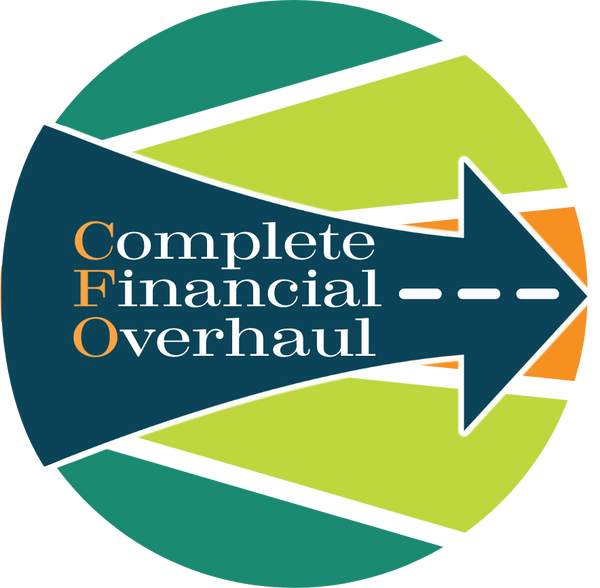How to Spot and Eliminate Non-Essential Expenses
Share
Navigating the choppy waters of personal finances can often feel like embarking on a daunting road trip with no map. If you’re feeling financially stretched, one of the most empowering detours you can take is to identify and eliminate non-essential expenses. Think of it as lightening your load, making your financial journey smoother and more enjoyable.
First off, let’s define what non-essential expenses are. These are not your roof-over-the-head costs or the utility bills that keep the lights on. Non-essential expenses are those sneaky little expenditures that drain your wallet on the quiet—often without offering much in return. This could be that daily gourmet coffee, subscription services you hardly use, or even habitual shopping sprees for things that do nothing but fill up closet space.
To start, gather all your financial statements—bank accounts, credit cards, online wallets—and print them out. Yes, print them! There’s something about holding a physical copy that makes the task seem real. Now, grab a highlighter and start marking anything that isn’t essential for your basic survival. If it makes you pause and think, “Do I really need this?”, highlight it!
Next, categorize these highlighted items. You might notice patterns like multiple streaming subscriptions or frequent online shopping. These categories will show you where your financial leaks are, helping you decide where to plug them.
Here comes the fun part—challenge yourself to a month without some of these expenses. Skip the coffee shop and try brewing at home. Put the gym membership on hold and hit the local park for workouts. Each non-essential you cut adds to your savings, and it’s thrilling to watch those numbers climb!
While you’re at it, look for cheaper alternatives. Love reading? Swap your book purchases for library visits. Enjoy movies? A streaming service with family or friends can replace solo accounts. Every swap is a step towards a healthier bank balance.
Remember, the goal isn’t to strip all the fun from your life; it’s about making sure you’re spending on things that bring genuine value. As you adjust to these changes, you might find that what you once thought was indispensable isn’t really necessary.
As a bonus, here’s a quick tool: use apps like Mint or YNAB (You Need A Budget) to track your expenses in real time. These tools can help you see the big picture and make smarter financial decisions day by day.
By the end of your trial month, evaluate what you’ve learned. How much did you save? Which changes felt good, and which were tough? This reflection will help you build a sustainable budget that prioritizes essential spending and mindful indulgence.
Embarking on this journey might seem like a chore at first, but it’s actually an exciting exploration of your habits and values. By the end, you won’t just have more money in the bank; you’ll also understand better what truly matters in your spending. So, happy trimming, and enjoy the financial freedom it brings!
